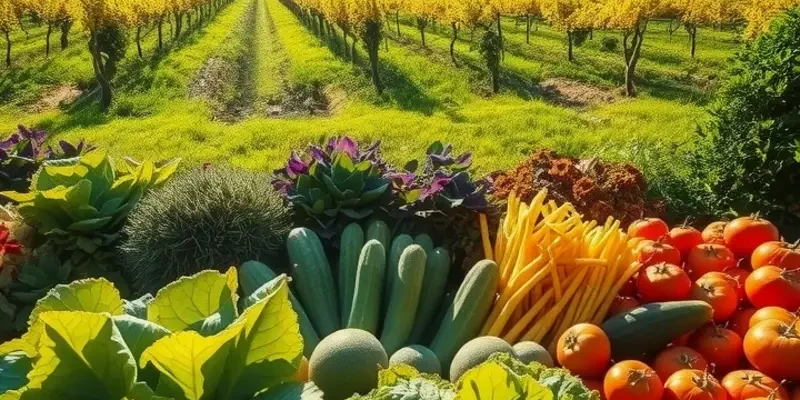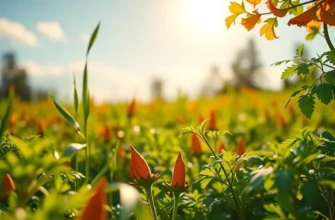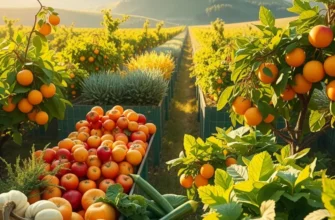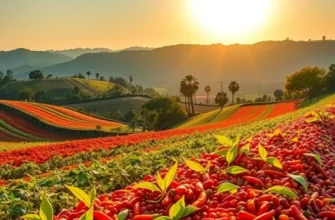Exploring desserts globally unveils a tapestry of traditions, flavors, and stories that connect people through sweet experiences. Each culture has its cherished rituals, often tied to celebrations, seasons, or life milestones. From the lavish Lunar New Year cakes in Asia to the simple joy of sharing French Madeleines, desserts serve as reflections of community, history, and identity. In this exploration, we invite food enthusiasts to dive into the diverse world of global dessert rituals.
Celebrations of Sweetness: Asian Desserts in Festivals
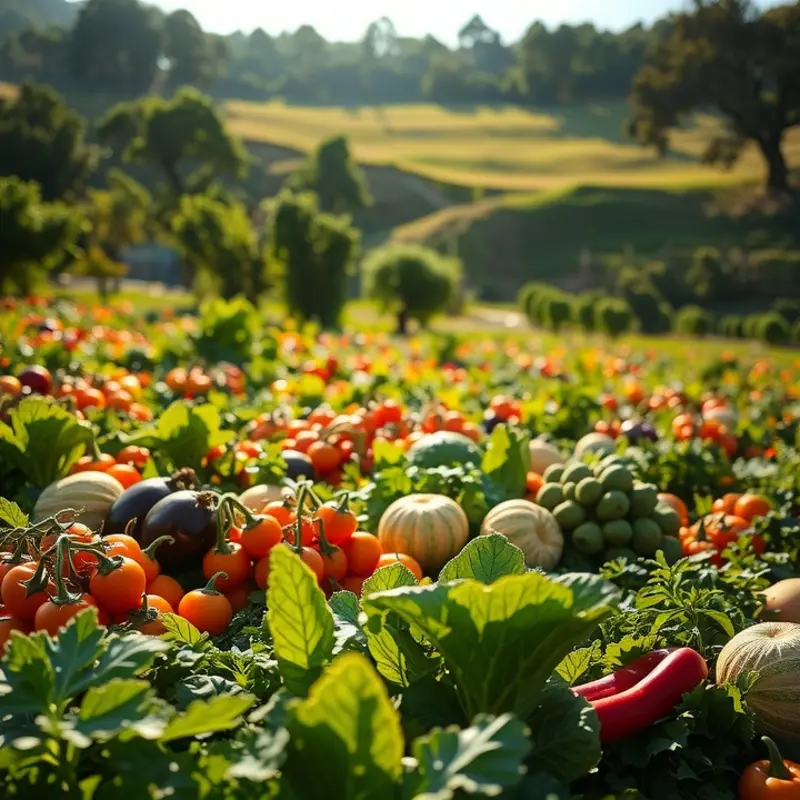
Asia, with its rich tapestry of cultures and traditions, offers a fascinating glimpse into how desserts are intricately woven into the fabric of festival celebrations. These sweet confections do more than just satisfy the palate; they carry centuries of history, tradition, and meaning.
A prominent example is the mooncake, a hallmark of the Mid-Autumn Festival observed primarily in China and Vietnam. Mooncakes symbolize unity and togetherness, reflecting the festival’s essence of family reunion. They are beautifully designed pastries filled with a variety of ingredients, from sweet lotus seed paste and yolk to red bean paste. Crafting mooncakes is an art form, requiring precision and skill to create intricate patterns on the crust that often depict meaningful symbols or characters.
Meanwhile, in Japan, the spring season welcomes the Hanami festivals, where people celebrate the cherry blossoms. Traditional Japanese sweets, known as ‘wagashi,’ are enjoyed during these gatherings. Mochi, a type of glutinous rice cake, is an integral part of this celebration. Through pounding glutinous rice into a paste before forming it into shapes, mochi embodies the value of perseverance and teamwork, a testament to the laborious process of its creation.
In India, sweets known as ‘mithai’ are indispensable during festivals like Diwali, the festival of lights. These diverse confections range from rasgulla, a syrupy dumpling made from chhena and semolina, to the ghee-laden laddoo. Each sweet variety often carries its own mythology and symbolism, like the sharing of laddoos to signify prosperity and blessing, embodying the festive spirit of abundance and joy.
Korea’s Chuseok, akin to Western Thanksgiving, is another celebration where desserts play a pivotal role. Songpyeon, a type of rice cake filled with sesame seeds, red beans, or chestnuts, is traditionally prepared by families together, symbolizing the nurturing of good fortune and harmony. The preparation and sharing of songpyeon underscore the cultural importance of family unity and gratitude.
In Thailand, festivals like Loy Krathong provide the perfect setting for indulging in glutinous rice desserts such as khanom chan, a multi-layered delicacy made with coconut milk and pandan juice. These sweets not only offer delightful flavors but also serve as offerings, reflecting how desserts can bridge human and spiritual realms.
Through these desserts, we observe a recurring cultural motif: the significance of coming together, celebrating shared histories, and honoring the intricate bond between generations through culinary heritage. If you’re curious about how cultural exchanges have augmented dessert traditions, you might find this exploration of culinary influences through trade intriguing.
Ultimately, Asian festival desserts are not mere culinary creations; they are vessels of memories and identity, connecting communities with their ancestors, and preserving traditions for generations to come. Each bite serves as a reminder of the resilient cultures that celebrate life through sweetness.
From Oven to Table: Sweet Breads and Cakes in Western Traditions

The baking of sweet breads and cakes in Western traditions is more than culinary craft; it is a cherished ritual steeped in history and cultural symbolism. The warm, fragrant whiff of a freshly baked panettone during Christmas in Italy or a pumpkin pie wafting through a Thanksgiving feast in America encapsulates more than mere flavors — it captures timeless stories of familial love and communal celebration.
Panettone is a classic Italian sweet bread that transcends simple dessert status. Originating in Milan, its distinct dome shape and fluffy, airy texture meet the festive sweet candied fruits and raisins which epitomize Christmas in Italian households. The process of baking panettone is crucial; it starts from meticulously preparing the sourdough starter, which can take days to perfect. The slow rise and delicate process teach patience, passion, and precision, connecting the baker to a lineage of artisans who have lovingly crafted this sweet for generations. Sharing slices of panettone represents a gesture of kindness and unity, bringing families and friends together under the twinkling lights of a holiday celebration.
In Germany, stollen is more than a dessert; it is a holiday staple with centuries of tradition. Its rich, dense texture is imbued with marzipan, nuts, and an array of dried fruits soaked in rum, covered in a coat of powdered sugar, resembling the Christ Child wrapped in swaddling clothes. The preparation of stollen also echoes ancient customs; bakers carefully fold in the ingredients, one by one, a process that dates back to the 15th century. Baking a stollen is an act of love and labor, a way to convey best wishes during Advent and Christmas. Each slice offered is a prayer for prosperity and health in the coming year.
Across the Atlantic, the United States celebrates its own beloved holiday dessert — pumpkin pie. Key to Thanksgiving, the pumpkin pie embodies the harvest season, its creamy, spiced filling nestled in a flaky crust. Its history tells of early American settlers using local ingredients, leading to a tradition that would symbolize gratitude and family gatherings. As families gather to bake, the kitchen fills with laughter, stories, and the scent of cinnamon and nutmeg, as diverse as the people who have made this country their home. Pumpkin pie serves as a cultural touchstone during Thanksgiving, providing a sweet reminder of gratitude and tradition.
These desserts illustrate how sweet breads and cakes do more than satisfy a sweet tooth. They symbolize cultural heritage, family bonds, and communal ties, staying true to their roots while continuing to evolve. Each recipe in these traditions offers an opportunity to connect with the past, share in the present, and look forward to the future, making every bite a cherished memory. For those interested in deepening their understanding of global pastry traditions, here’s an insightful guide to savor the diversity and richness of sweet traditions across the globe.
Final words
As we traverse through various cultures, it becomes clear that desserts are a universal language of love. Each sweet delicacy conveys history, tradition, and unity, binding communities across oceans. Whether it’s the intricate designs of Indian mithai or the simplicity of a French tarte, desserts honor the pivotal moments in our lives and the connections we maintain. Understanding these global rituals not only enriches our culinary repertoire but also appreciates the diverse experiences that each culture brings to the table.

